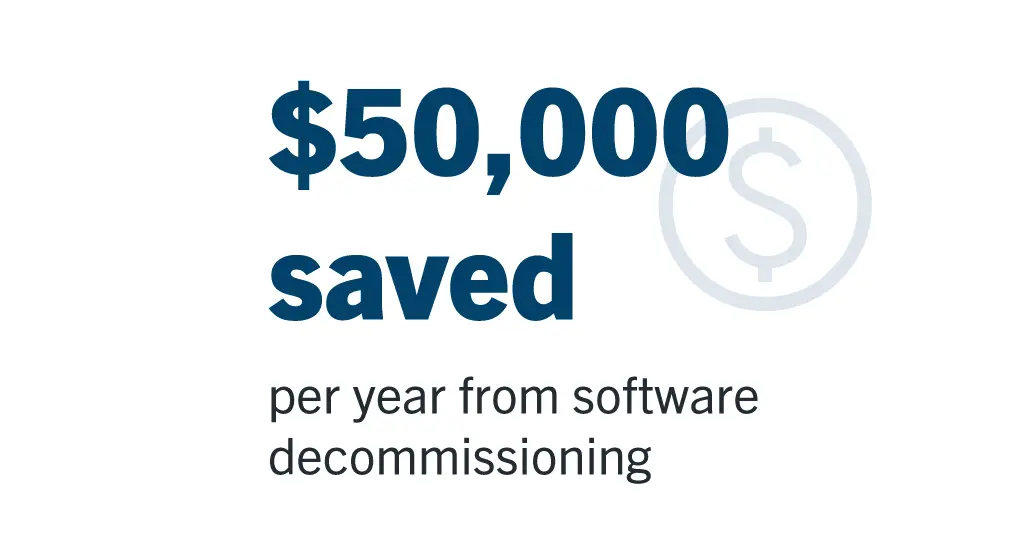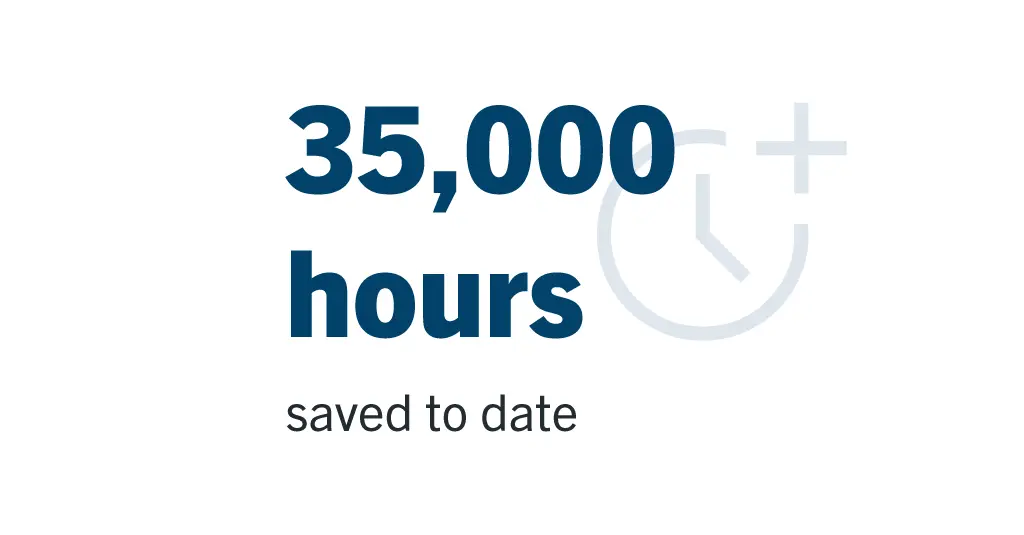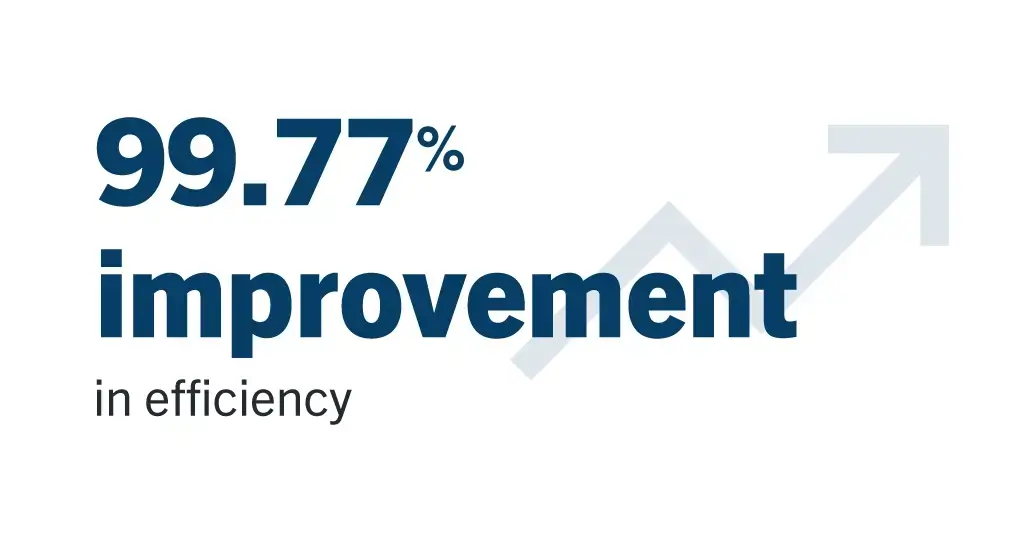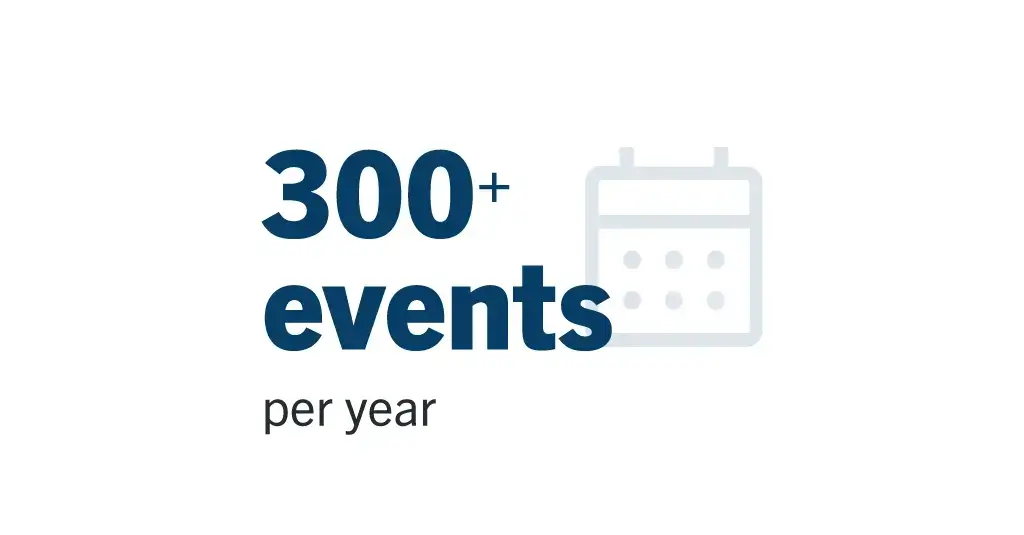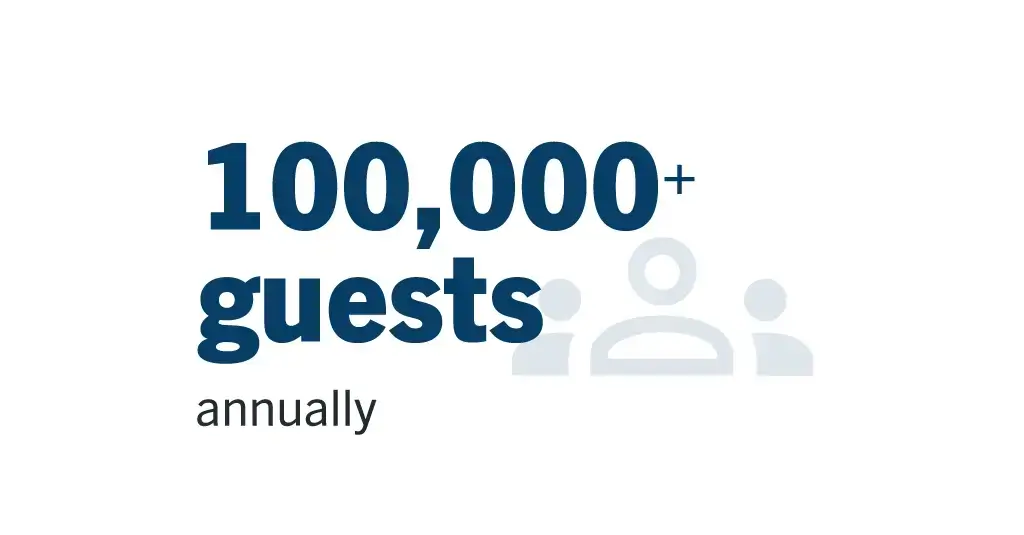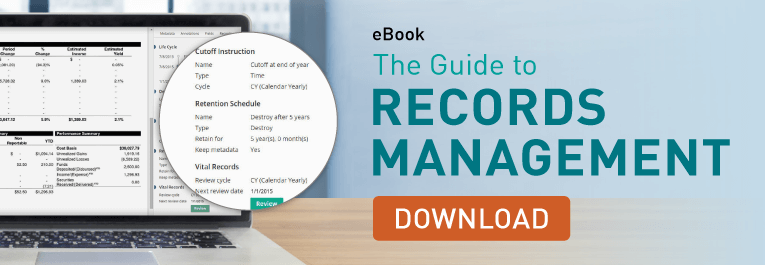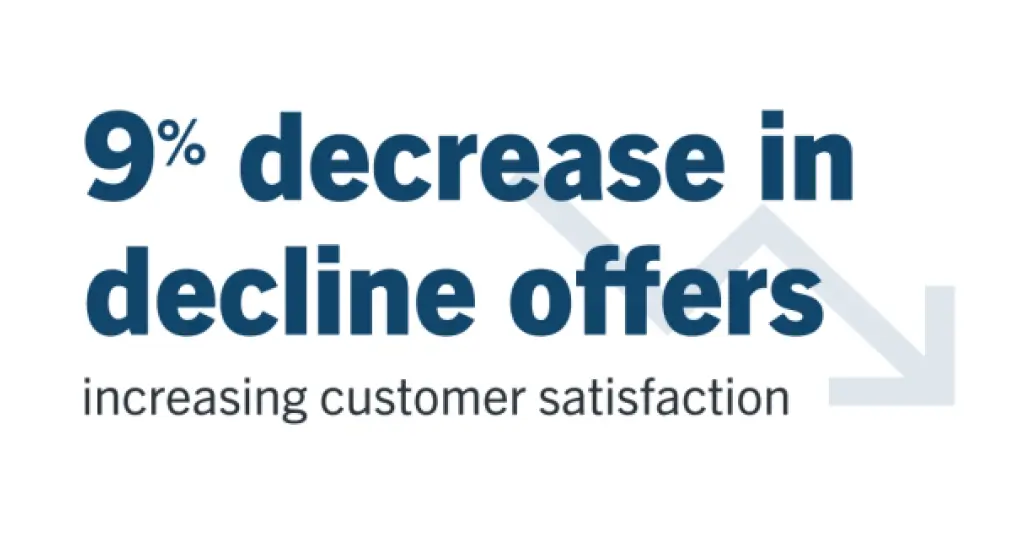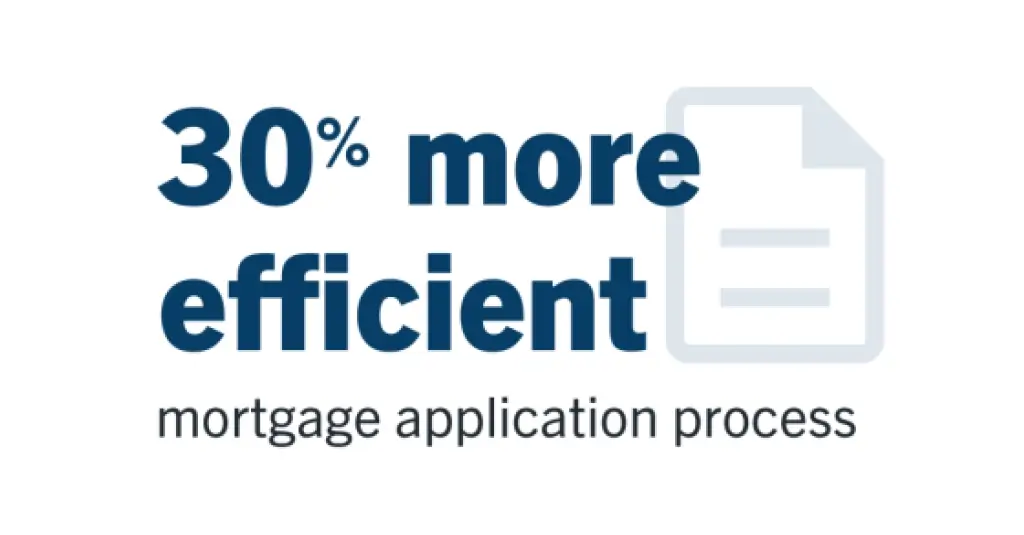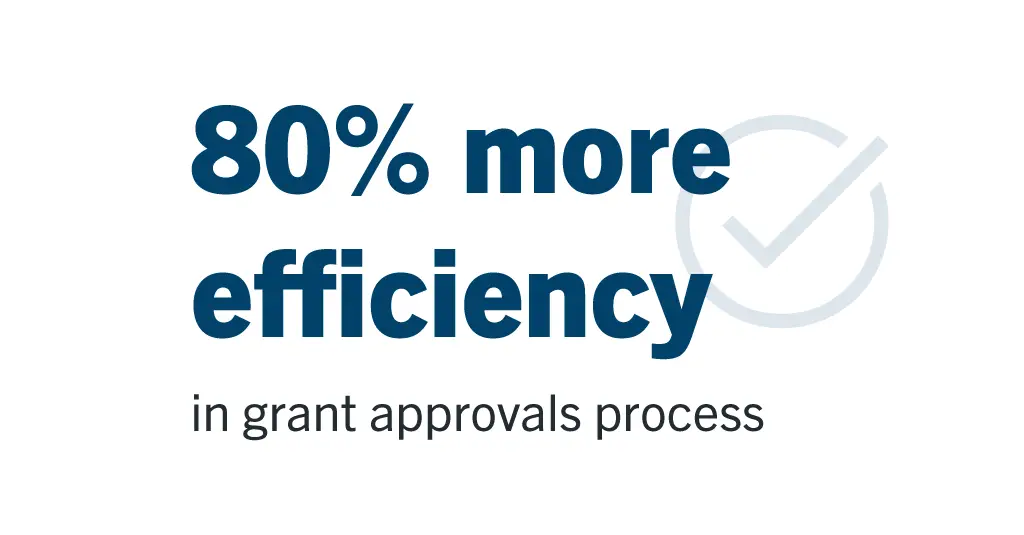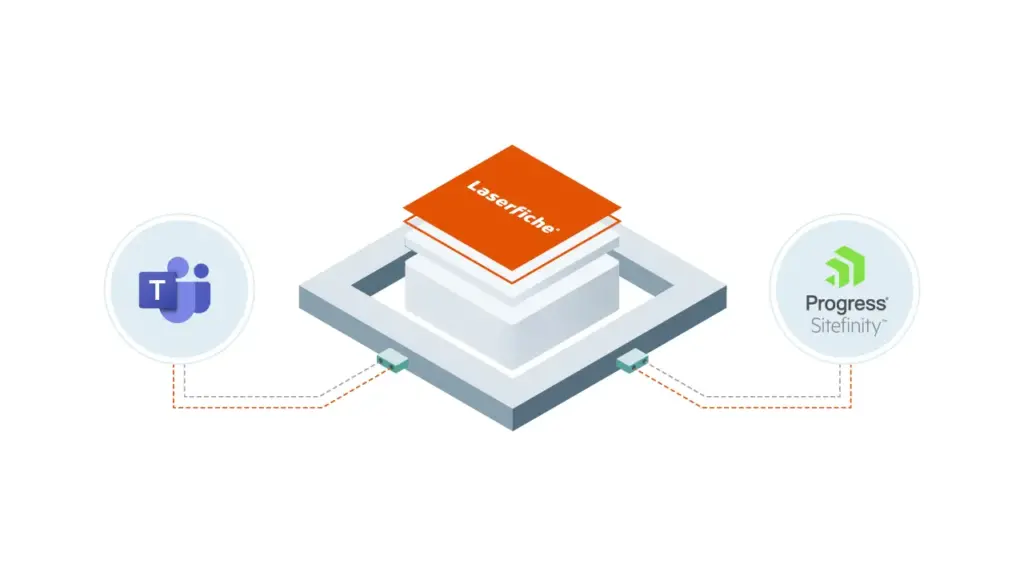The North Carolina Department of Environmental Quality (DEQ) has undergone a significant digital transformation, replacing paper-based workflows with a centralized document management system. This shift, spearheaded by Chief Data Officer Miriam Patrocinio, has resulted in improved efficiency, data accessibility and environmental protection efforts.
Proper permit tracking, facilitated by the new system, ensures compliance with regulations, preventing pollution and safeguarding North Carolina’s environment. Additionally, the improved fee collection system allows the DEQ to hire more permit reviewers, further strengthening environmental oversight. We recently sat down with Patrocinio to discuss in detail the impact that Laserfiche, and the digital transformation initiatives it played a part in, has helped the agency be more effective.
From paperwork to digital workflows
Prior to the implementation, the DEQ relied heavily on physical documents for permit applications and associated fees. This manual process hampered both tracking and revenue collection. Recognizing the need for a more sustainable solution, the DEQ embarked on a comprehensive digitization initiative.
Laserfiche serves as the DEQ’s central repository for scanned documents. Beyond simply storing data, the system offers functionalities such as:
- Automated workflows: Streamlined permit application processes with online forms and automated approvals.
- Improved fee collection: Automated invoicing ensures timely collection of permit fees, generating revenue for the agency.
- Federated search: Seamless search across Laserfiche repositories and SharePoint sites eliminates the need to search through multiple systems, saving time and effort.
A focus on existing infrastructure: expanding Laserfiche’s capabilities
Patrocinio emphasizes that maximizing the value of existing technology, as Laserfiche was in DEQ’s case, can be an effective strategy for addressing business challenges. “Upon joining the DEQ,” she states, “Laserfiche was already established. The agency possessed a team dedicated to developing workflows, forms, and overall digitalization efforts for the past half-decade.”
This existing foundation proved crucial, particularly during the challenges presented by COVID-19. “The pre-existing collaboration within the department was invaluable,” Patrocinio explains, “although it was somewhat siloed within a specific department.” Recognizing Laserfiche’s potential, its user-friendliness, and the availability of existing licenses, Patrocinio made a strategic decision.
“The initial step,” she elaborates, “was to designate Laserfiche as the official document repository for the DEQ. Every document and file generated by the agency would be housed there.” This critical action ensured a centralized location for all information. However, Patrocinio’s vision extended beyond mere storage.
Bridging information gaps: federated search for improved public access
Understanding the importance of accessibility, Patrocinio focused on leveraging Laserfiche’s Federated Search functionality. This powerful tool allows users to search across various repositories and SharePoint sites, eliminating information silos. “The DEQ frequently receives public data requests,” she explains. “Locating the precise information was a time-consuming process.”
The DEQ’s success with Federated Search highlights its broader applicability. This technology allows organizations to search across various data sources, eliminating information silos and streamlining access to critical information. This can be particularly beneficial for public record requests, where retrieving documents from multiple locations can be time-consuming.
Federated Search bridges this gap by empowering the public to find the information they need more efficiently. This fosters a more transparent and collaborative relationship between the DEQ and the communities it serves.
Laserfiche: a platform for continued growth
Looking ahead, the DEQ acknowledges the potential of AI to revolutionize information retrieval. The agency envisions a future where AI can analyze data within repositories, answer questions, and summarize documents, leading to a more intuitive and collaborative way to interact with information.
In addition, Patrocinio clearly sees Laserfiche’s potential as more than just a document management system. “We recognize the potential of the CRM module again,” she says, referring to Customer Relationship Management. “We already possess the platform and the internal expertise to develop it further. We are continuously building capacity in this area.”
The DEQ has also further integrated Laserfiche with its Microsoft Dynamics and GIS (Geographic Information System), creating a more robust digital ecosystem. “The potential is significant,” Patrocinio concludes. “…I encourage everyone to take a closer look [at Laserfiche] and explore its full potential.”
Conclusion: a sustainable future through digital transformation
The North Carolina DEQ’s journey with Laserfiche exemplifies the transformative power of digital transformation. By embracing innovative solutions and optimizing existing resources, the DEQ has streamlined operations, strengthened environmental protection efforts, and fostered a more open and collaborative relationship with the public.
Patrocinio’s leadership embodies the importance of strategic vision and a commitment to leveraging technology for positive change. As she concludes, “Our core mission is to safeguard the health and prosperity of all North Carolinians. Technology itself is not the focus; it’s about utilizing the tools at our disposal to make a genuine difference in the lives of the people we serve and the environment we all share.”
The DEQ’s success story serves as an inspiration for environmental agencies across the globe. It demonstrates that by embracing digital transformation and fostering a culture of innovation, environmental protection can become more efficient, effective, and accessible to all. By breathing new life into old data and empowering people with the right tools, we can collectively ensure a healthier planet for generations to come.
Further reading
Eager to learn more about how Laserfiche can improve the everyday operations of government agencies and organizations? Visit our government solutions page. Want to see Laserfiche in action? Schedule a consultation for a personalized demo of our leading enterprise content management platform.


